Reference Library
Pocket Watch Case Configurations
Pocket watch movements were designed to be fitted in either an open face or hunting case. However, the type of case does not necessarily indicate the movement configuration.
Due to various conversion dials and case types that often cause confusion, the best way to determine the movement configuration is by studying the position of the stem in relation to the 4th wheel in the train (the wheel that typically carries the seconds hand). If the stem is aligned in a straight line with the 4th wheel, the movement is open face regardless of the case or dial. If the stem is at a right angle from the 4th wheel, the movement is hunting regardless of the case or dial.
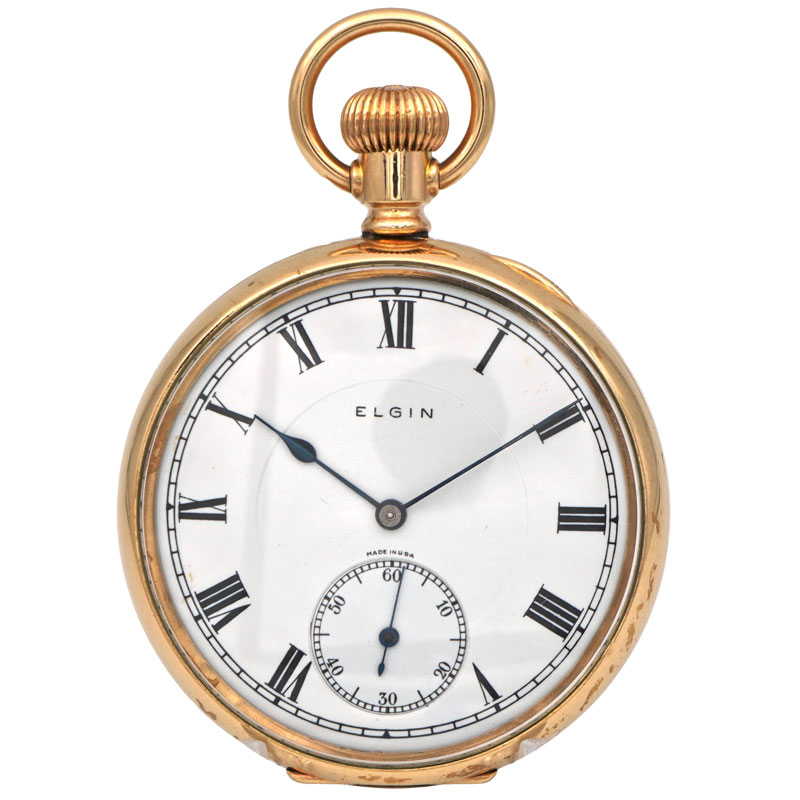
Open Face
Open face movements are characterized by the stem placement at the 12:00 position using a standard dial.
Open face movements are occasionally found in hunting cases, as displayed to the right.
In 1893, the General Railroad Timepiece Standards Commission created standard guidelines formally recommending all watches used for Railroad service be open face. However, this standard was not widely adopted by the majority of American Railroad companies until after 1906.
Note: Occasionally, an open face movement will have a conversion dial, which would place the seconds bit at the 9:00 position. This dial would allow an open face movement to be set in a hunting case with the stem located at the 3:00 position.
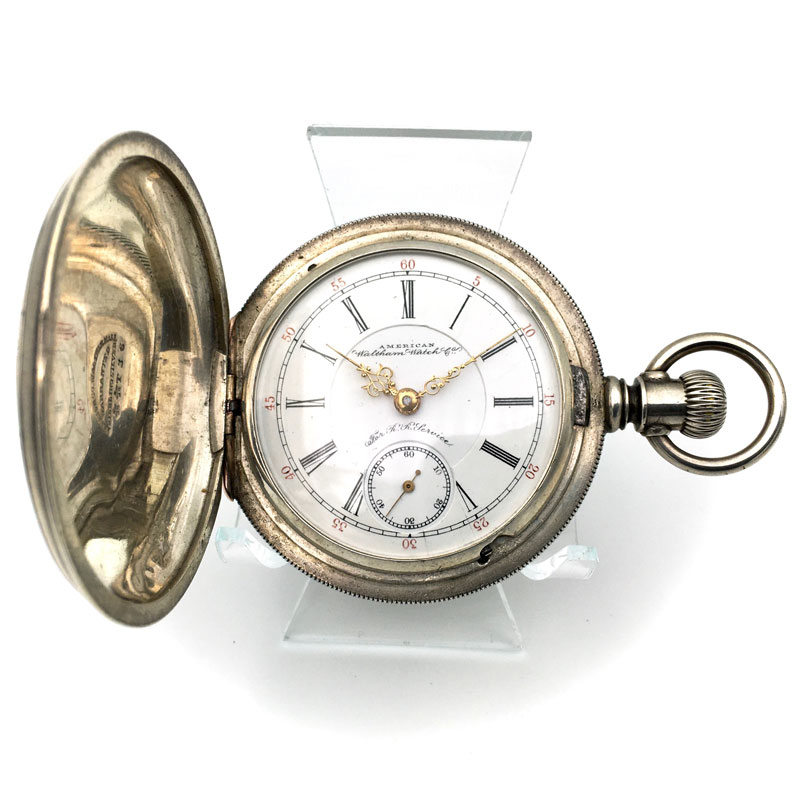
Hunting
Hunting movements are characterized by the stem placement at the 3:00 position using a standard dial.
Hunting movements are sometimes found in open face cases. These are commonly referred to as "sidewinders."
Note: Occasionally, a hunting movement will have a conversion dial, which would place the seconds bit at the 3:00 position. This dial would allow a hunting movement to be set in a open face case with the stem located at the 12:00 position.
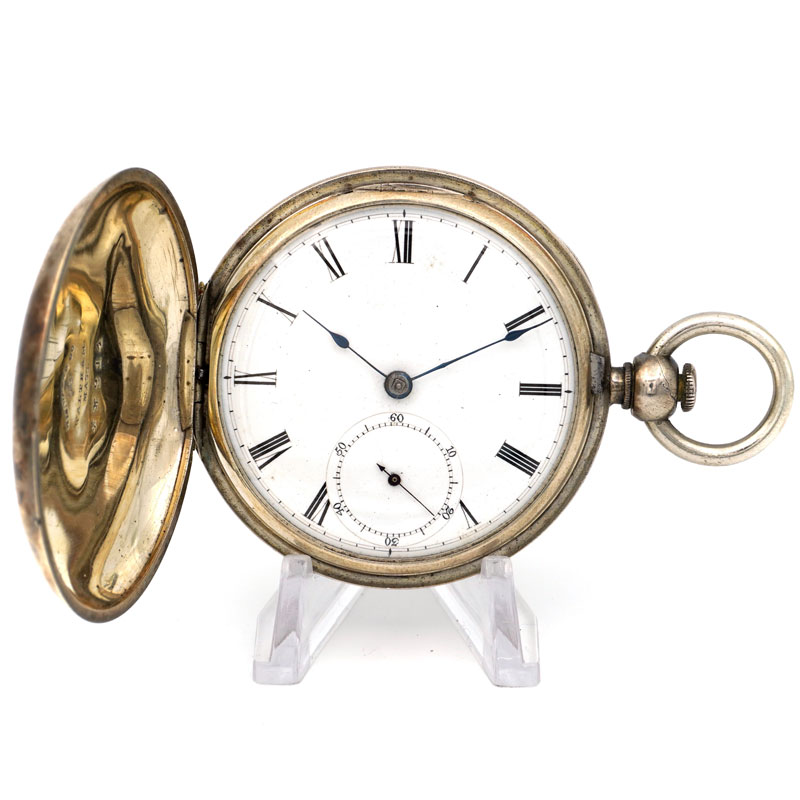
Keywind/Keyset Movements
Keywind/Keyset movements can be fitted into a case in any either position since the stem does not engage the movement. Cases were specifically manufactured to display the movement in an open face or hunting position while aligning the winding arbor to the keyhole.
Cases designed for keywind movements generally do not have winding crowns. Rather, the case is adorned with a solid pendant or a pusher.
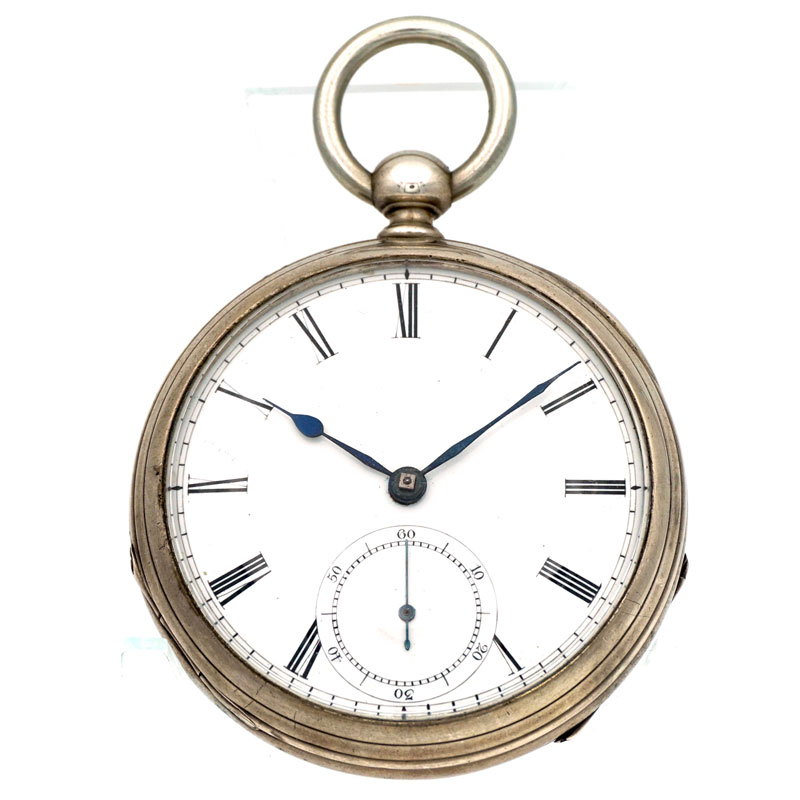
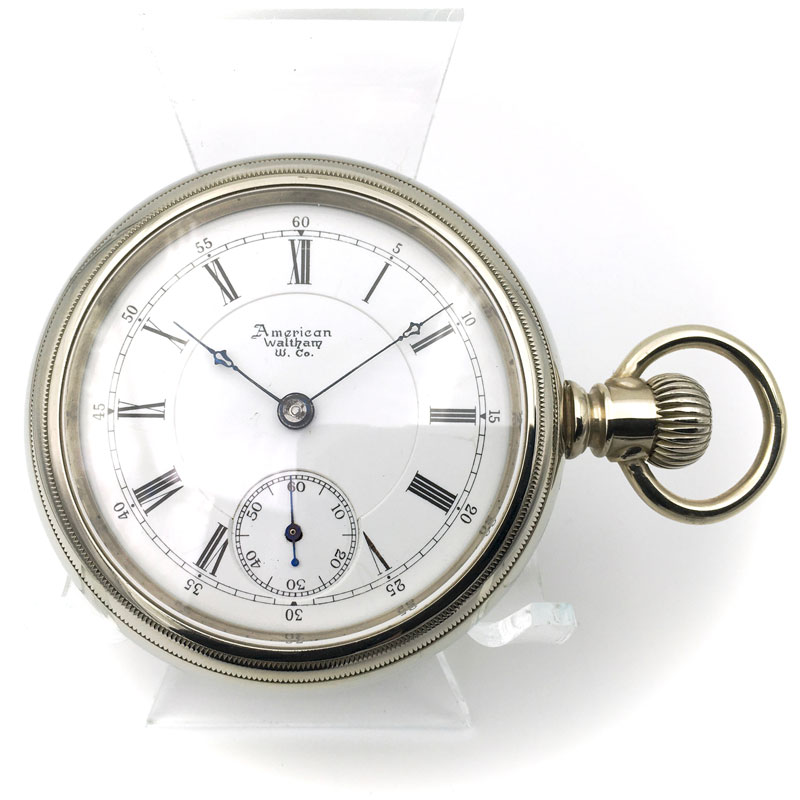
"Sidewinder"
(Hunting Movement in an Open Face Case)
Hunting movements fitted in open face cases are sometimes referred to as "sidewinders." Despite being housed in an open face case, the movement is still classified as a hunting configuration. With a few exceptions, hunting movements would have originally been fitted in a hunting case.
These movements will be designated as "hunting" in the database lookup information and should not be confused with "open face" movements due to the case.
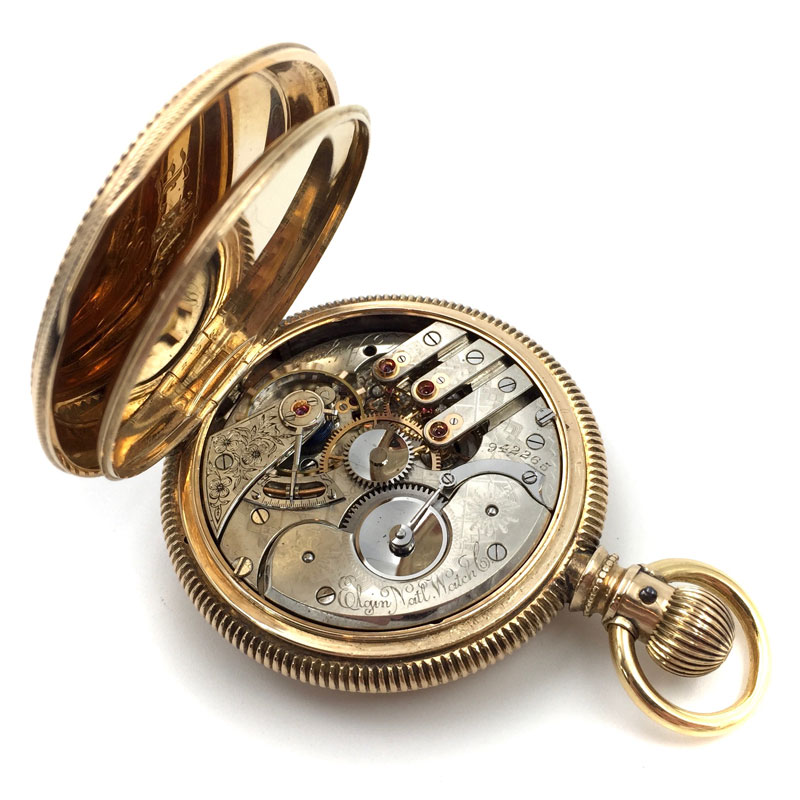
Convertible Movements
Originally advertised as "interchangeable" movements, some manufacturers manufactured movements that could be easily configured as an open face or hunting movement by modifying the position of the winding stem.
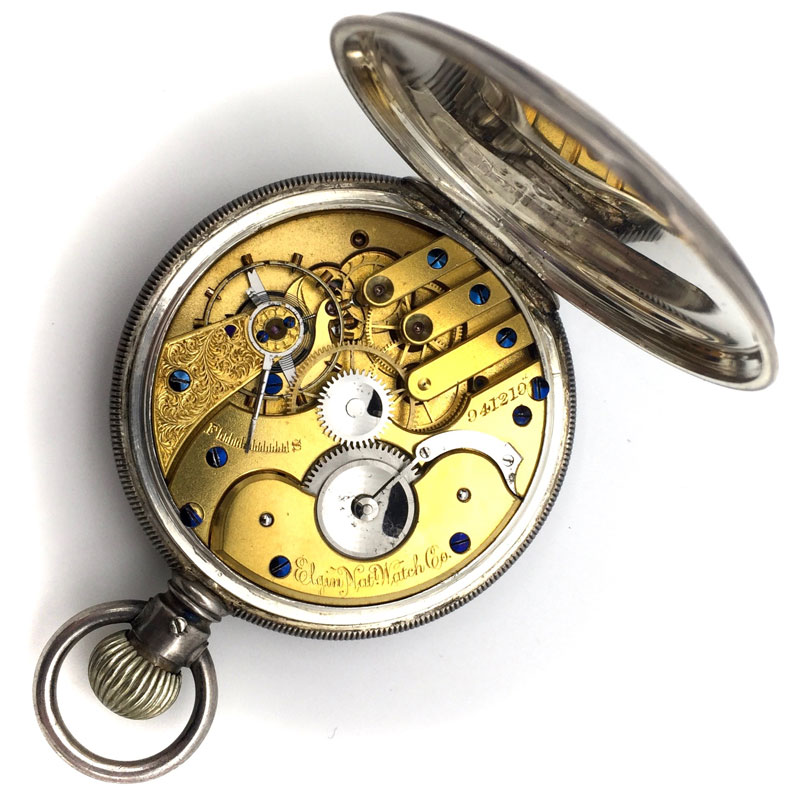
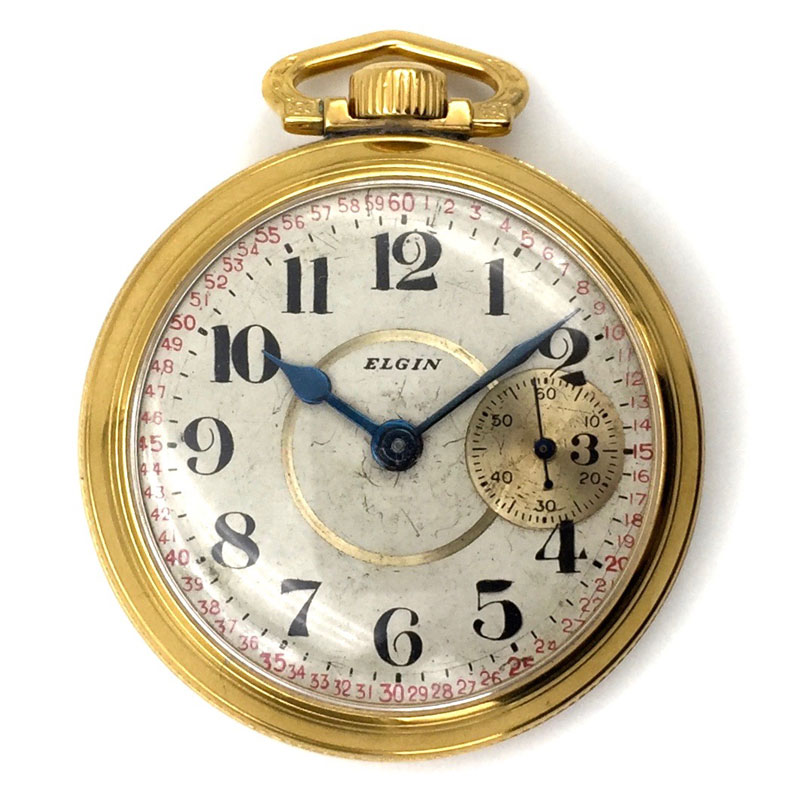
Convertible Dials
Convertible dials were used to adapt a hunting movement into an open face case while allowing the stem to be located at the 12:00 position. As a result, the seconds bit is relocated to either the 3:00 or 9:00 position.
Despite the location of the stem, the movement is still classified as a hunting movement, as originally intended when manufactured. The stem and 4th wheel remain positioned at a right angle.